The story of Taffy Abel, the first Native American winter Olympian
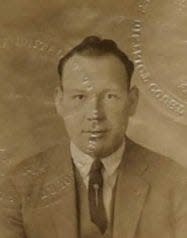
SAULT STE. MARIE — This January marks the 100th anniversary of the very first Winter Olympics games in in Chamonix, France, where Sault Ste. Marie native Taffy Abel made history.
Clarence "Taffy" Abel was born in 1900 in Sault Ste. Marie. Growing up, Abel found a passion in many things, including the candy that gave him his nickname and the sport of hockey, which made him a local legend.
For a majority of his career and life, Abel wasn't widely recognized as Native American. Most believed he was white. Although he never made an official statement as to why, Abel's family members revealed the truth years later.
According to his nephew George Jones, Taffy and his sister, who were both light skinned, passed as Caucasian in order to avoid being sent to Native American boarding schools. The children who were sent to these schools often faced terrible living conditions and abuse.
"In reality, these Native American boarding schools were a place from hell," said Jones. "The U.S. government had no problem of knocking on doors and saying, 'We're taking your child to the Indian boarding school to civilize them.'"
Despite passing as white for most of his life, Abel and his sister were both able to trace their lineage through their mother to the Durant Roll. This document contains the known names of members and descendants of members enrolled in Michigan tribes.
Abel began his career playing amateur hockey in the Soo, Minneapolis and other cities throughout Michigan and Minnesota to provide for his family.
"Taffy had to provide financial support for himself, his sister and his mother," said Jones. "The best way he knew how to do that was playing hockey."
As a hockey player, Abel was very talented, and was able to advance in his career quickly. Around this time, his size and skill earned him the nickname "the Michigan Mountain."
"He was a big big man and and he used that physical size to his advantage," said former LSSU Director of Athletics Bill Crawford.
In 1924, Abel joined the United States team in France to take part in the first Winter Olympics.
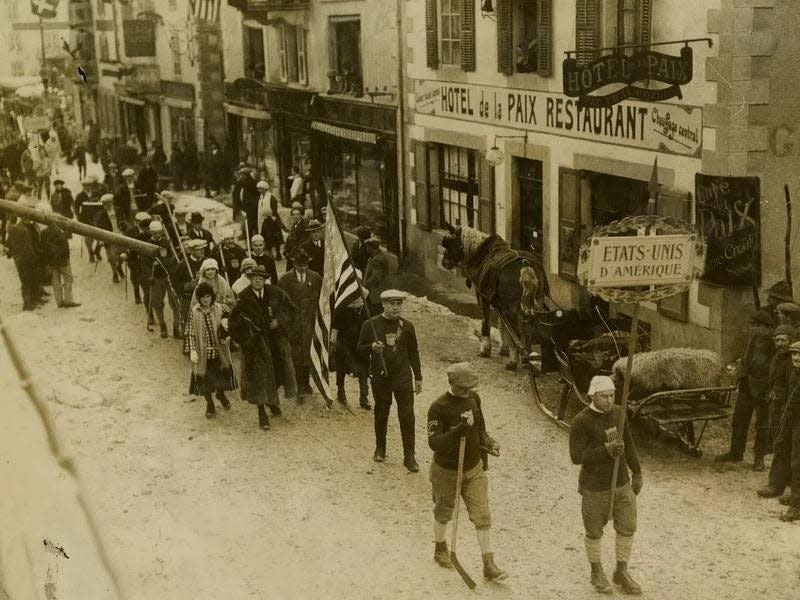
Abel achieved a series of "firsts" throughout his career, most notably during the Olympics where he became the first Native American to win a medal, as well as the first Native American to carry the flag representing the U.S. To this day, Abel is the only Native American flag bearer in Olympics history.
During the 1924 games, he scored 15 goals and won a silver medal.
"He scored 15 goals in those Olympic games and turned that into an NHL contract with the New York Rangers," said Crawford.
Abel had a long career in the NHL playing for the New York Rangers and Chicago Blackhawks. During his time in the NHL, he played dozens of games and won two Stanley Cups.
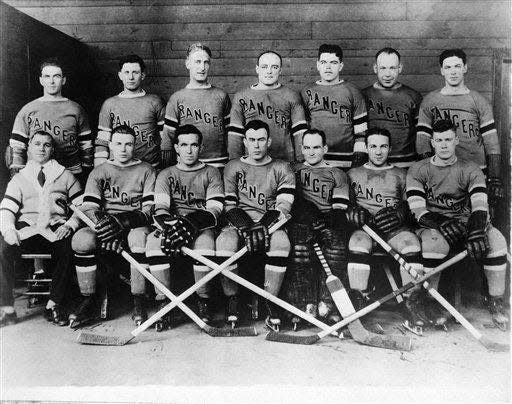
"He was certainly one of the the most sought after prospects in the 1920s. NHL teams were trying to sign him before the Olympics and he was probably the best U.S. player in France," said Smith.
When Abel joined the NHL, he set another record and became the first Native American player in the league, although he has not been officially recognized as such. Even though he no longer faced the threat of boarding schools, Abel's family said he still worried about racism affecting his career.
"There's clear indication that there were players, Indigenous players, who were kept out of the NHL in the 20s," said Society of International Hockey Research member Stephen Smith.
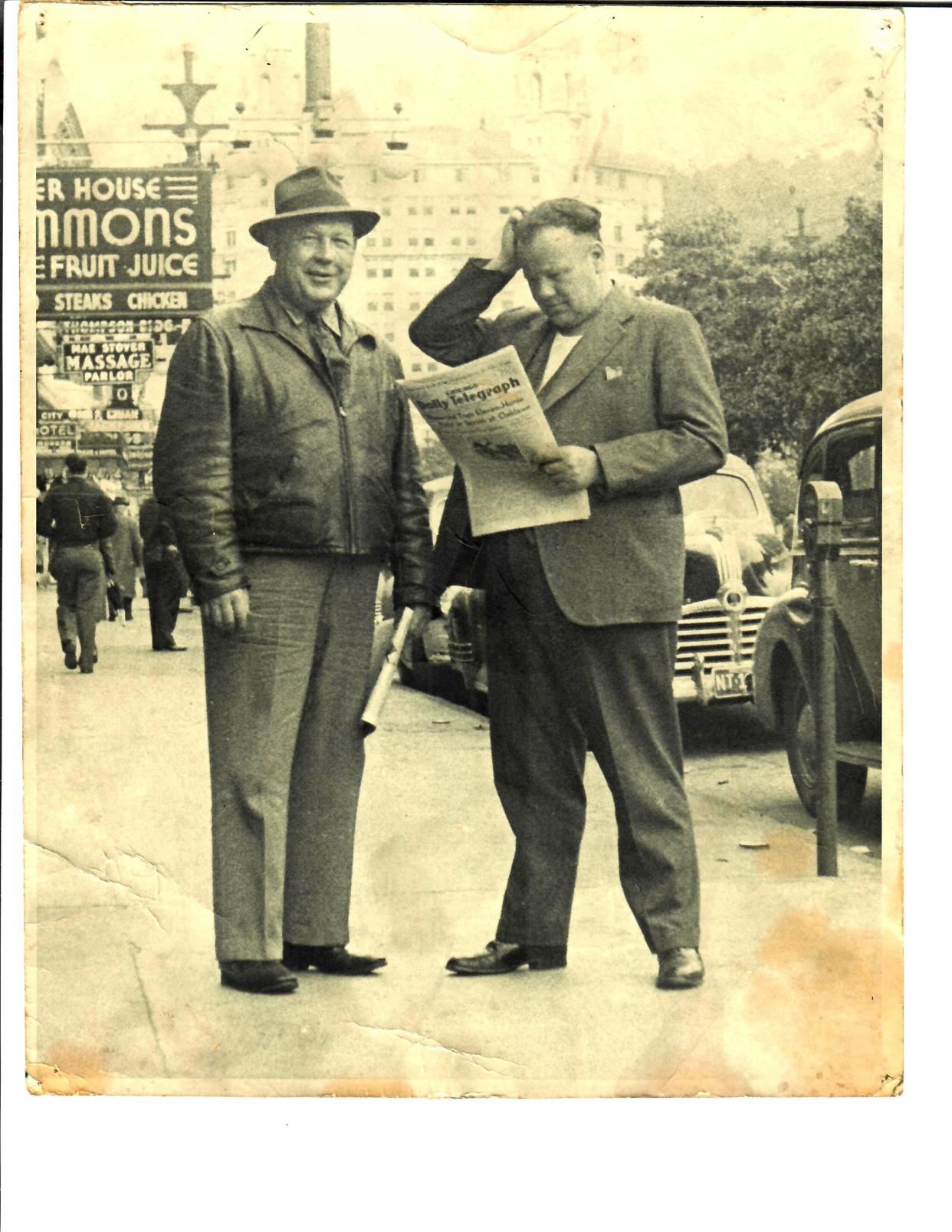
Although he was not recognized as a trailblazer for Native players during his career, Abel has since been recognized by the Olympics and the Society of International Hockey Research for his achievements. The NHL has not, and several years ago the league recognized Willie O'Ree as breaking the color barrier.
"The NHL itself has not been interested in establishing who the first Indigenous player was," said Smith.
Abel's nephew Jones has tried in the past to get his uncle recognized by the NHL to no avail. The NHL has made no comment on if they will recognize Abel in the future.
Subscribe: Get unlimited access to our content
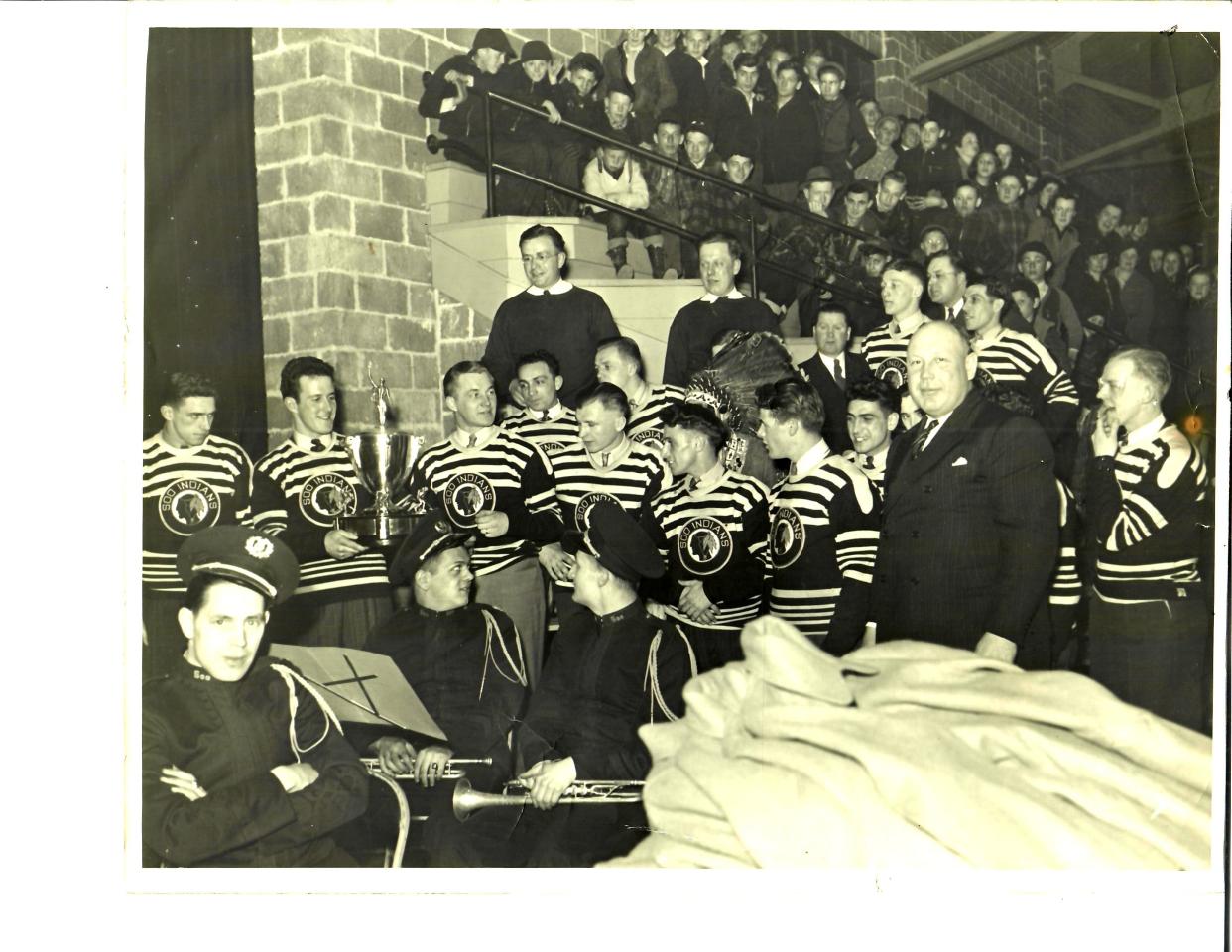
After retiring from hockey, Abel stayed an active member in the Sault community, opening up a series of small businesses. Taffy Abel's Log Cabin was a downtown restaurant that was very popular until it closed.
"He was famous in his time because of what he did in the Olympic games and the NHL career," said Crawford. "There still aren't very many people from Sault Ste. Marie who have played in the NHL."
Abel also volunteered as a coach for many minor league and youth hockey teams in the Soo.
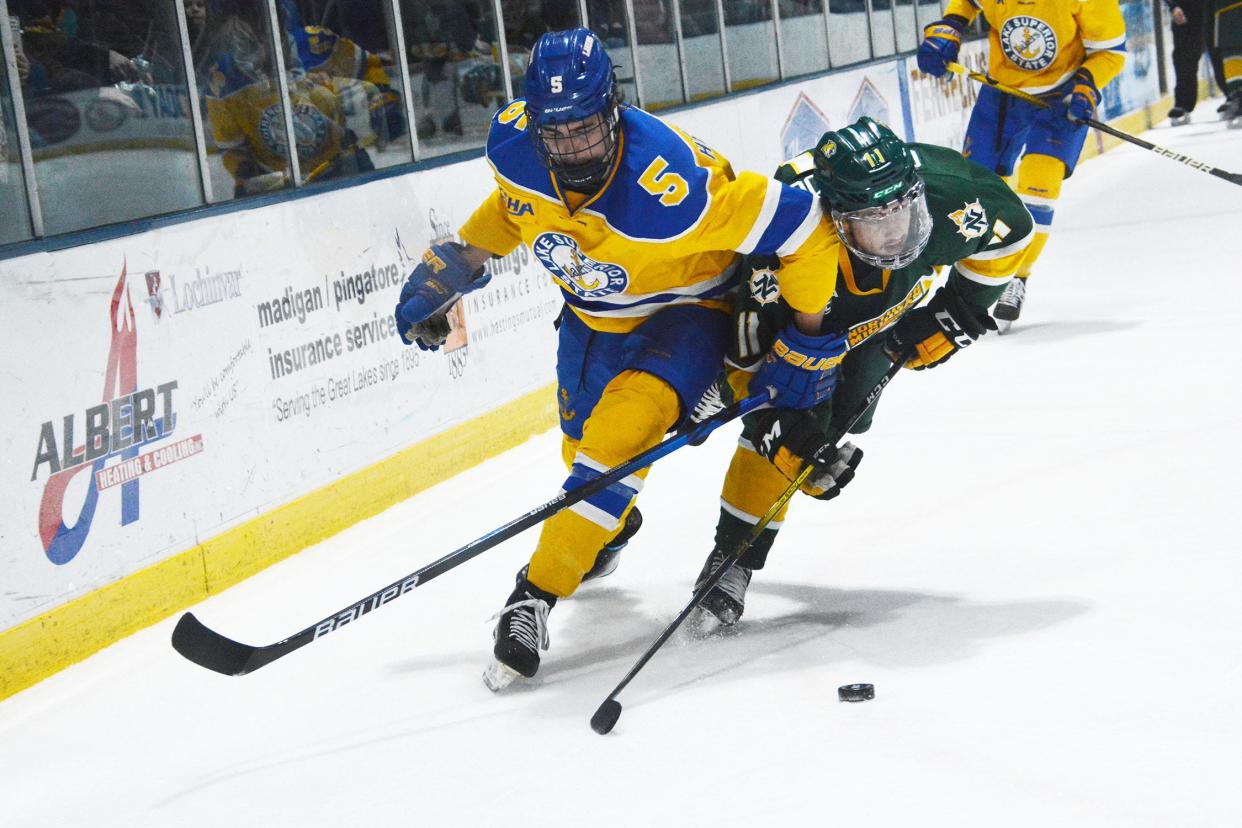
His legacy remains strong in the region today, as the Lake Superior State University Lakers hockey team practices and plays in Taffy Abel Arena.
The arena was renovated in 2006 as part of a major expansion. The Sault Tribe of Chippewa Indians participated in the renovations and donated millions of dollars to the arena.
"It seemed natural to name the arena after him," said Crawford.
— Contact Brendan Wiesner: BWiesner@Sooeveningnews.com
This article originally appeared on The Sault News: The story of Taffy Abel, the first Native American winter Olympian
